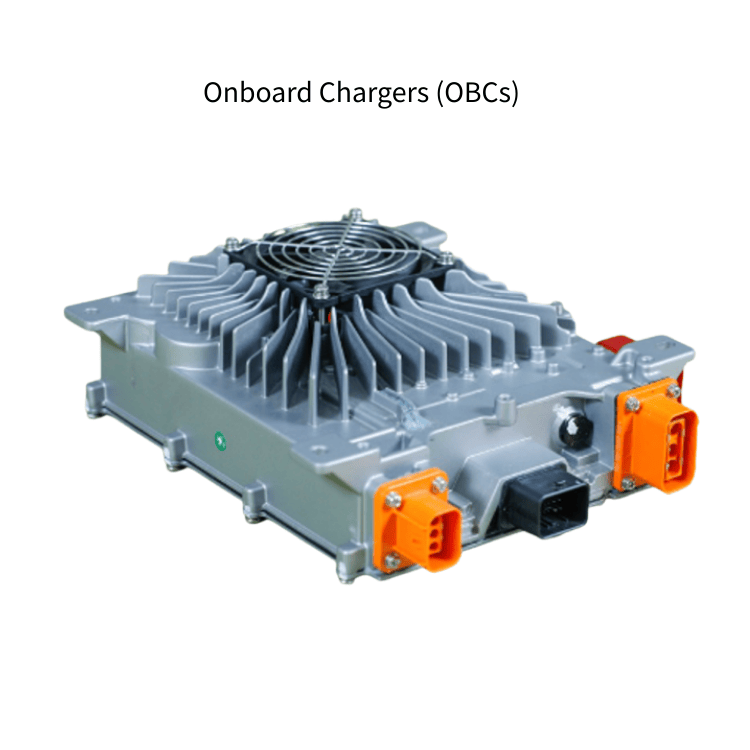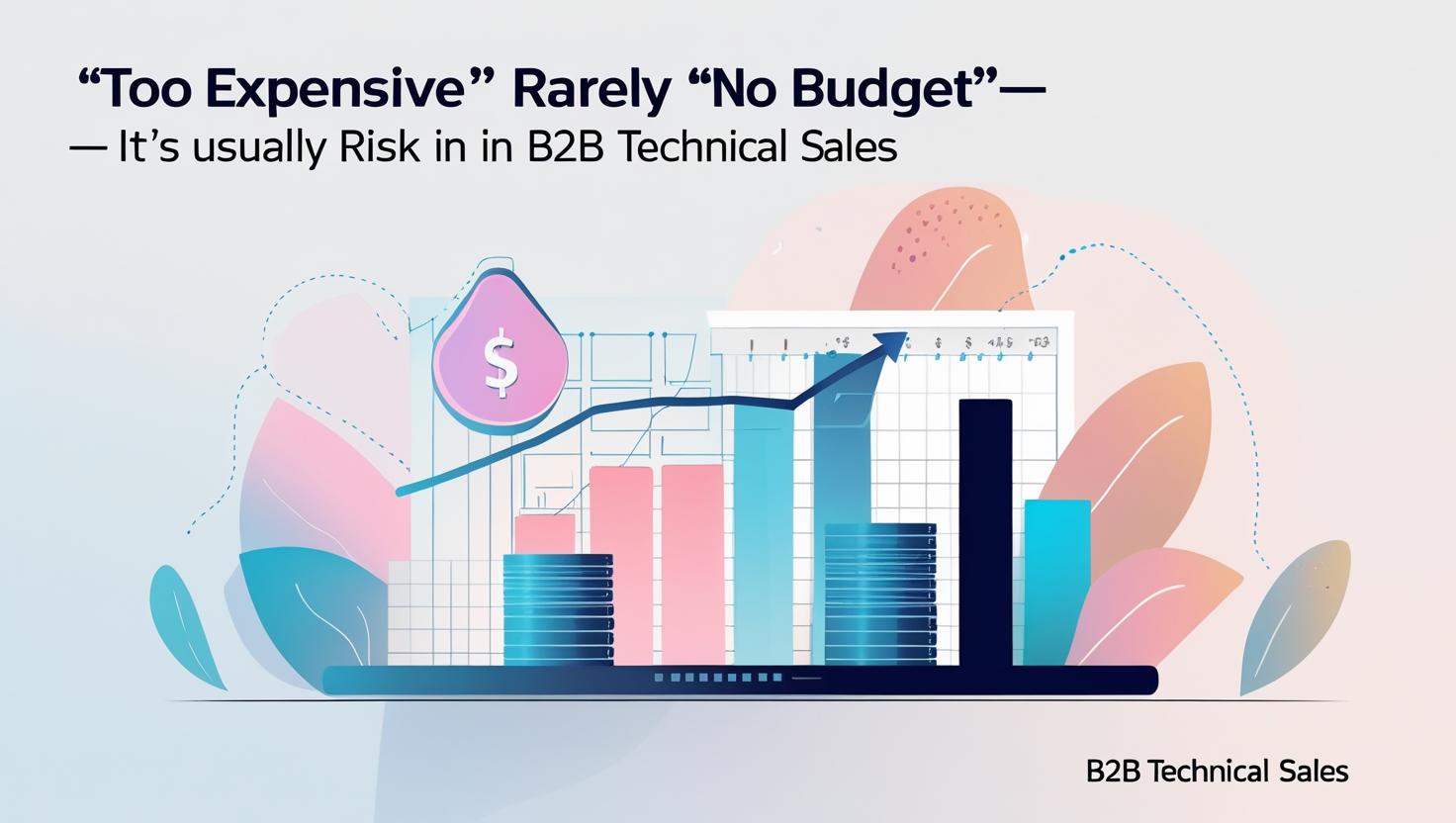Nov 03, 2025
In power electronics, the eternal challenge is achieving higher power density, lower losses, and greater efficiency — all in smaller, lighter systems.
For decades, engineers have pushed the limits of magnetic materials to make this possible. Now, a new generation of material — the nanocrystalline alloy — is unlocking what once seemed impossible.
It’s not just an upgrade to existing cores.
It’s a paradigm shift in electromagnetic design — enabling solid-state transformers, EV fast chargers, and next-generation power converters to go further, faster, and cooler.
1. The Efficiency Equation: Where Every Watt Counts
In modern energy systems, even a 1% gain in conversion efficiency can translate to megawatt-hours of saved energy and millions of dollars in reduced operating costs.
Traditional materials — silicon steel or ferrite — struggle as switching frequencies increase. Their eddy current losses rise exponentially, creating excessive heat and forcing bulky cooling systems.
Nanocrystalline alloys rewrite that equation:
High resistivity (~120 μΩ·cm) drastically cuts eddy current losses.
Fine grain size (<20 nm) reduces domain wall motion losses.
Uniform microstructure ensures consistent magnetic performance even under thermal stress.
As a result, core loss can be reduced by up to 70%, directly improving overall system efficiency — a critical advantage for solid-state transformers (SSTs), DC/DC converters, and high-frequency inverters.
In power electronics, less heat = less waste = longer life.That’s why nanocrystalline cores aren’t just about performance — they’re about system reliability.
2. Shrinking the Core, Expanding the Possibilities
Every watt saved also means less magnetic material needed.
With permeability levels in the range of 10⁵–10⁶, nanocrystalline cores allow designers to achieve the same magnetic flux with 40–70% less volume compared to ferrite or amorphous cores.
That translates to:
Smaller transformers and inductors
Lighter EV charger modules
Compact high-density data center power supplies
And because nanocrystalline maintains stable permeability across frequencies from 1 kHz to 100 kHz, engineers no longer need to trade size for efficiency.
In the race to miniaturize power systems, nanocrystalline alloys have become the ultimate enabler.
3. Real-World Impact: From Fast Chargers to AI Power Grids
Let’s look at some numbers:
A 30 kW EV fast charger requires around 3–4 kg of nanocrystalline core, reducing system losses by up to 2%.
A 100 kVA solid-state transformer using nanocrystalline can be 40% smaller and 15–25°C cooler than one with amorphous cores.
In large data centers, even a 1% boost in efficiency at the power distribution level can save tens of millions of kWh annually.
From the roadside charger to the AI supercomputer, energy efficiency is now a material challenge — and nanocrystalline alloys are the answer.
4. Engineering for the Future: Why This Matters
Power electronics is entering a new era — high frequency, high density, and high intelligence.
But that progress depends on what’s inside the magnetic core.Without materials that can handle high flux, high frequency, and high temperature simultaneously, innovation stalls.
Nanocrystalline alloys break that bottleneck.They bring:
High magnetic flux density (1.2–1.6 T)
Low losses at high frequency
Thermal and magnetic stability across wide temperature ranges
This unique balance between structure and performance makes nanocrystalline the material foundation of the next generation of power systems.
5. The Big Picture: Material Innovation Drives Energy Innovation
From EV charging to AI datacenters, microgrids to renewable integration, the most advanced systems share one truth — they all rely on efficient magnetic materials.
Nanocrystalline alloys are no longer a lab experiment.They’re being mass-produced, cost-optimized, and integrated into commercial products worldwide.
Just as silicon enabled the digital revolution, nanocrystalline alloys are becoming the core material of the energy revolution.
Nanocrystalline cores redefine the boundaries of power electronics.They make systems smaller, cooler, smarter, and more efficient.
In the transition toward electrification and intelligent power, this is the material that makes the impossible possible.
Read More



